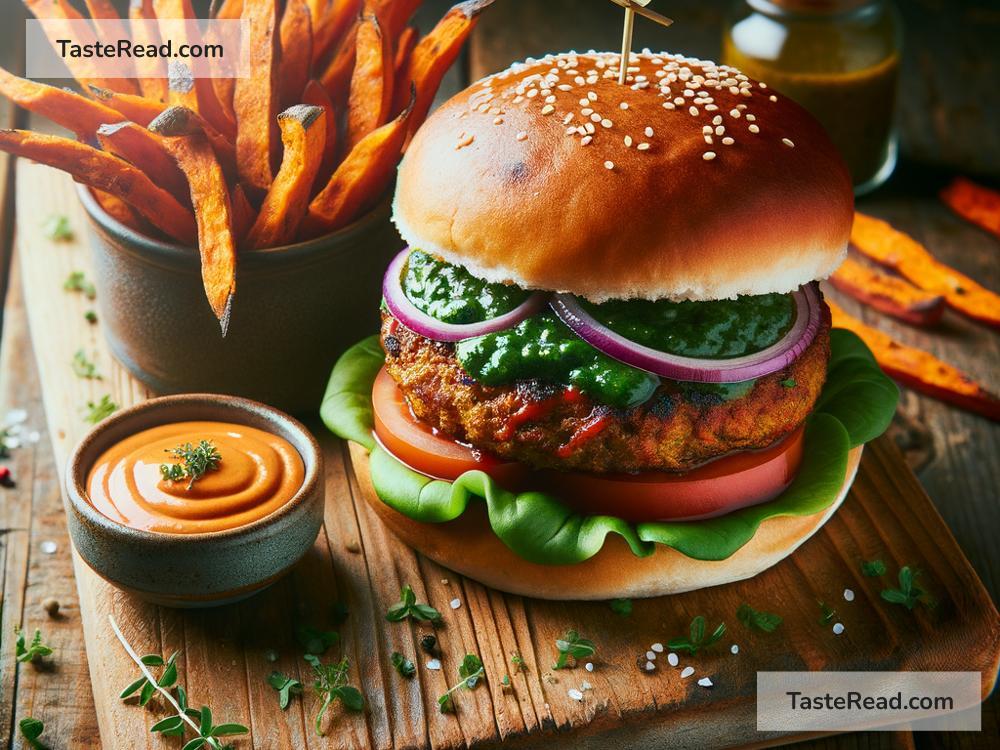Food Photography for Commercial Use: How to Make Your Photos Sell
In the world of Instagram, Pinterest, and endless food blogs, food photography has become crucial, not just for bragging about your dinner, but as a key part of the food industry’s marketing strategy. If you’re navigating the competitive landscape of commercial food photography, you want your images not just to be seen, but to sell. Here’s a guide to making your food photos mouth-wateringly irresistible to viewers and customers.
Understand Your Audience
Before you even pick up your camera, think about who you’re photographing for. A photo meant for a gourmet restaurant’s ad campaign will look very different from one intended for a fun and vibrant snack brand. Researching and understanding the preferences of your target audience shapes everything from your shooting style to the colors and props you might use.
Master the Art of Lighting
The importance of lighting in food photography cannot be overstressed. Natural light is often touted as the best friend of a food photographer, casting soft, flattering shadows that make dishes look inviting. However, not all food photography can rely on the availability of natural light, especially in a commercial setting. Learning to use artificial lights to mimic natural light will give you flexibility and consistency, no matter the location or time of day you’re shooting.
Focus on Composition and Styling
How you arrange the food and elements in your photo matters almost as much as the dish itself. Composition and styling help tell a story. Are you going for a rustic, home-cooked feel or a sleek, modern aesthetic? Use elements like cutlery, napkins, or ingredients to add context and depth to your photos. Paying attention to color combinations and contrasts can also make your dishes pop and appeal more to your audience.
Get the Details Right
In food photography, details matter. Showing texture and quality can invite viewers to imagine the taste and smell of the food. Techniques such as macro photography, which captures close-up details, can highlight the freshness of ingredients or the crispiness of a crust, making the dish more appealing. Don’t shy away from showcasing imperfections occasionally; a slightly crumbled cookie or a drip of sauce can add authenticity and relatability to your images.
Edit with Care
Post-production is a critical step in the process of food photography. It’s where you get to correct colors, adjust lighting, or clean up any unwanted elements. However, in commercial food photography, there’s a fine line between enhancing a photo and making it look unrealistic. Over-edited photos can be off-putting to viewers. Aim for a natural, appealing look that makes your food look delicious yet believable.
Tell a Story
Every picture tells a story, and food photos are no exception. Whether it’s the simplicity and warmth of a family meal or the excitement and energy of a gourmet dish, your photos should evoke emotions and narratives. This storytelling aspect is what can set your photographs apart and truly connect with your audience, urging them not only to admire but to engage and buy.
Keep Up with Trends
Like any other field, food photography is subject to trends. From the dark, moody shots that were everywhere a couple of years ago to the recent penchant for bright, saturated colors, staying informed about current trends can give your work an edge. While it’s important to develop your unique style, adapting to or incorporating trends can make your work more relevant and appealing to clients.
Practice and Experiment
Finally, the key to mastering food photography for commercial use is practice and willingness to experiment. Every shoot is an opportunity to try something new – whether it’s a different lighting setup, a unique angle, or an innovative styling idea. The more you shoot, the more you learn what works and what doesn’t, refining your skills and style along the way.
Food photography is an art that requires patience, precision, and a creative eye. When done right, it not only showcases the beauty of food but can also drive sales and elevate brands in the competitive culinary market. By focusing on your audience, mastering lighting, paying attention to details, and continuously evolving your skills, you can create mouth-watering images that not only look good but sell.


